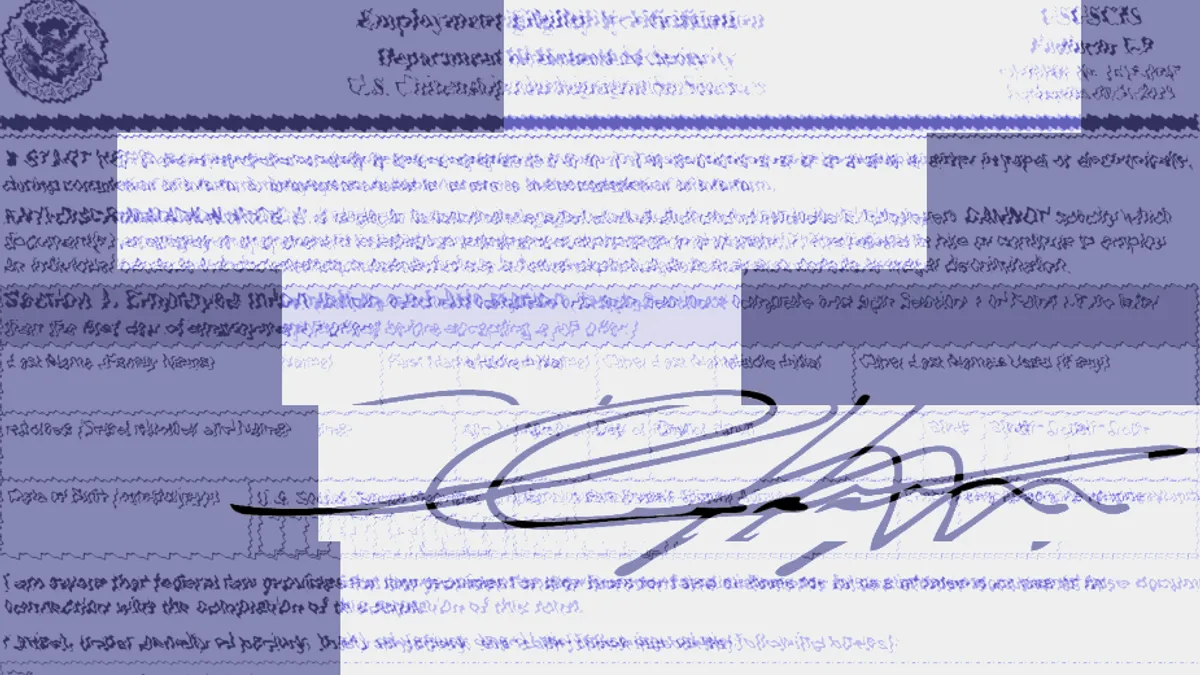Robert B. Lamm is chair of the securities and corporate governance practice at Gunster. He previously served as assistant general counsel and assistant secretary of Pfizer. Views are the author’s own.
These days, the enactment of any new law or rule impacting corporate America seems to result in the flooding of our email inboxes with alerts, invitations to webinars and conferences and other communications.

However, this has not been the case with the Corporate Transparency Act. There seem to be few, if any, law firms or industry or professional groups seeking to bring the CTA to our attention to help companies and their advisors to prepare for it.
This article is intended to remedy that situation by shedding some light on this “stealth statute.”
The following is a very high-level summary of the CTA and its requirements.
In reading it, note that (1) the CTA and the related rules promulgated by the Financial Crimes Enforcement Network (FinCEN) are very broad and complex, and this short communication cannot address all of the particulars; and (2) there are many unresolved issues under the CTA and the FinCEN rules.
Hopefully, these issues will be addressed in future rulemaking, FAQs or other interpretations, but so far that has not happened.
What is the CTA and what is its purpose?
The CTA was enacted by Congress in 2021 as part of a global effort to prevent individuals from using legal entities to shield their identities and protect their assets.
In fact, the United States has been viewed as a significant holdout – a country where individuals could hide behind entities, facilitating money laundering and other financial crimes.
This concern gained attention – albeit after the enactment of the CTA – in the wake of Russia’s invasion of Ukraine, when efforts to locate and seize assets owned by Russian oligarchs were occasionally stymied by tangled webs of entities across many jurisdictions.
The CTA is intended to prevent this by requiring many legal entities to file information about the individuals who are their “beneficial owners.”
When does the CTA take effect?
The CTA takes effect in two phases.
The first phase goes into effect on January 1, 2024; reporting companies formed on and after that date, and their beneficial owners and “company applicants” (discussed below), will be required to report within 30 calendar days.
And, by January 1, 2025, reporting companies formed prior to January 1, 2024, and their beneficial owners (but not company applicants) will be required to file reports as well.
There are rumblings that the January 1, 2024, effective date will be moved back, and there is litigation seeking to hold the CTA invalid. However, at this point it seems unwise to assume that either one or both of those things will happen.
What entities are required to report?
Subject to some exceptions, the CTA requires all US legal entities created by the filing of a document with a secretary of state or similar office under the law of a state or Indian tribe (such as corporations, limited liability companies, and limited partnerships) (“reporting companies”) to report beneficial ownership information to FinCEN.
Non-US legal entities that are qualified or licensed to do business in the US under the law of a state or Indian tribe may also be subject to the CTA.
Exceptions include SEC reporting companies, banks and credit unions, securities brokers and dealers, large operating businesses and tax-exempt entities.
However, some of these exemptions are not what they seem, so it’s important to review them very carefully before relying on them.
What information must be reported?
Each reporting company must report its name (including any trade names or DBAs), business address, jurisdiction of organization, and tax ID number (“EIN”). Notably, an EIN must be obtained prior to filing the CTA report.
In addition, each “beneficial owner” must report either (1) his or her full legal name, date of birth, and residence address and must supply a copy of a government-issued photo ID or (2) his or her “FinCEN Identifier,” a code that can be used by the individual for all filings under the CTA.
Beneficial owners are the human beings – not legal entities – who exercise “substantial control” over the reporting company or who own or control 25% of the ownership interests of the reporting company, in both cases after looking through trusts or other entities that own interests in the entity.
The CTA and the related FinCEN rules leave a number of questions open.
For example, a principal executive officer is deemed to be a beneficial owner because she exercises “substantial control” over the entity. But it is not clear whether a member of the board that can remove the officer from her position also exercises substantial control.
For reporting companies formed on and after January 1, 2024, “company applicants” must also submit information.
Company applicants are the individuals who actually make the filings with the state or Indian tribe that results in the creation of the reporting company.
For example, if a law firm prepares and files a reporting company’s articles of incorporation with the secretary of state, the paralegal who handles the actual filing and the attorney principally responsible for preparing the articles would be the “company applicants.”
When must the reports be submitted?
Reporting companies formed on or after January 1, 2024, must file initial reports within 30 days of their formation.
Reporting companies that were formed before January 1, 2024, must file initial reports before January 1, 2025, regardless of how long ago they may have been formed.
Any time a reporting company experiences a change in beneficial ownership, it must file an update to its CTA report within 30 days of that change.
For example, an update is required when a beneficial owner dies or when someone who was exempt from reporting because she was a minor reaches the age of 18.
Similarly, any errors in a CTA report must be corrected within 30 days after the error comes to the attention of the reporting company.
What are the penalties for violating the CTA?
Anyone who willfully provides false or fraudulent information or fails to report complete or updated information is subject to civil and/or criminal penalties, which may include imprisonment.
Note that the penalties may extend to persons in positions to make the report or who do make the report.
What should companies and law firms do now?
For the time being, the only thing that can be done is review the rules adopted by FinCEN in September 2022 under the CTA and evaluate whether and how they will impact the legal entities for which you are responsible, including whether any entities may be exempt from reporting.
It would also be advisable to check the FinCEN website from time to time for further developments. The website contains a link to get FinCEN news “updates;” in September 2023, FinCEN posted some FAQs and a compliance guide for smaller entities.
As noted above, practitioners would benefit from interpretations or FAQs that might address some issues and inconsistencies under the rules, but none has been issued thus far.
Ideally, reporting companies might want to have beneficial owners and company applicants obtain FinCEN Identifiers or even begin to file reports in advance of the January 2024 effective date, to iron out any glitches and otherwise get accustomed to complying.
However, a legend in red, bold type appears at the top of the page stating in no uncertain terms that “[b]eneficial ownership information will not be accepted prior to January 1, 2024.” In other words, early compliance is not possible.
Concluding thoughts
The overarching regulatory framework of the CTA is relatively straightforward, but – as always – the devil is in the details, and there are lots of details, including some that are unresolved.


















